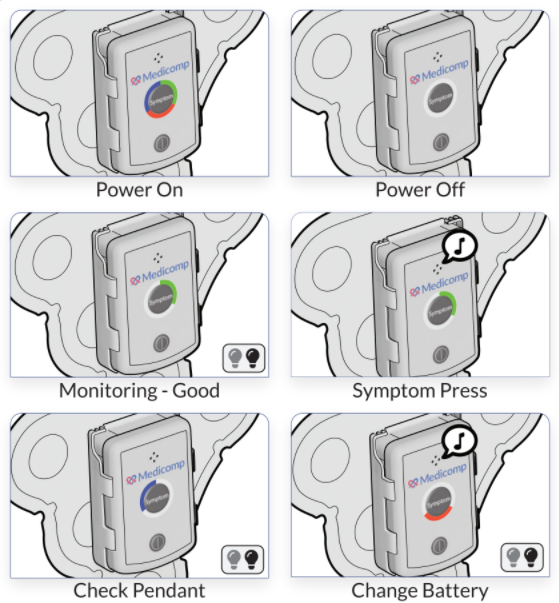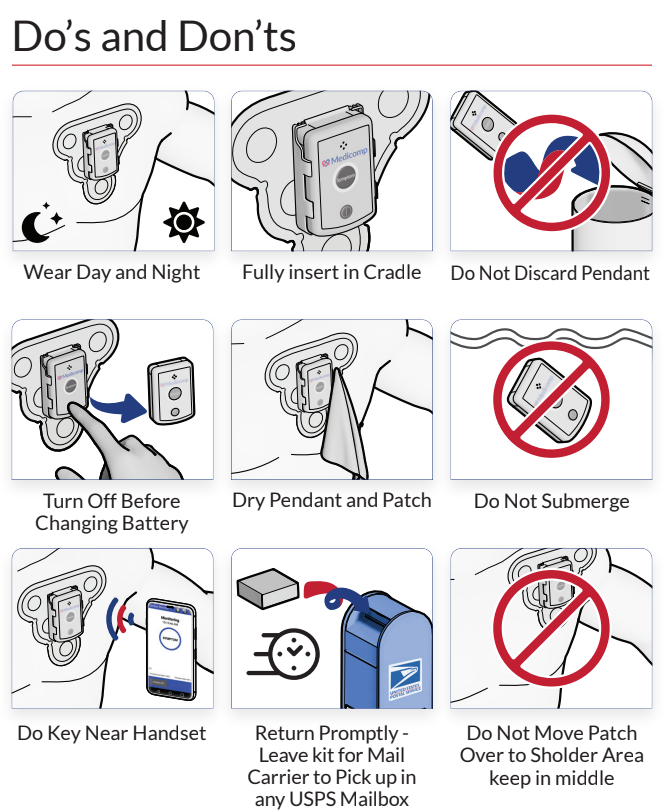Exercise is a fantastic way to improve your heart’s health. Some people enjoy going for an early morning jog before work while others may opt to relieve the stresses of the day at the gym in the evening. Whatever your preference, it is important for everyone to take some time throughout the week to be active so your heart gets the workout it deserves. Whether you are just starting a workout routine or you are a seasoned athlete looking to improve your game, you should invest in a heart rate monitor. Heart rate monitors are great workout tools because they help you find the best balance of effort without overdoing it and risking injury.
We want to ensure that all athletes are getting the most out of their new monitors. Here are a few tips to help you get started:
- Placement: Make sure the sensors on your monitor make direct contact with your skin. Putting the sensors on over clothing will make it impossible for the device to get an accurate reading. Make sure the sensors of the monitor are placed just underneath your pectoral muscles, and for women the same sensors should be placed just below your sports bra.
- Signal Conduction: Dry skin combined with a dry sensor make for a poor conduction which means that it will be almost impossible to get an accurate reading. You may want to warm up a bit before putting on the monitor to get the skin a little sweaty. You can also invest in some electrode gel, use some water, or simply lick the sensor before you put it on.
- Batteries: Most monitors can operate for about a year’s worth of workouts before it needs to be changed. If your monitor is giving you erratic readings or is unable to pair with your heart, even after the addition of moisture or gel, then you may need a battery change. The opening for the battery is generally located on the back of the device, and usually runs on a coin cell battery.
Regular exercise is an important factor to your overall health–helping to protect your heart and prolong your life. If you want to learn more about cardiac monitoring, contact us today or visit our website.



